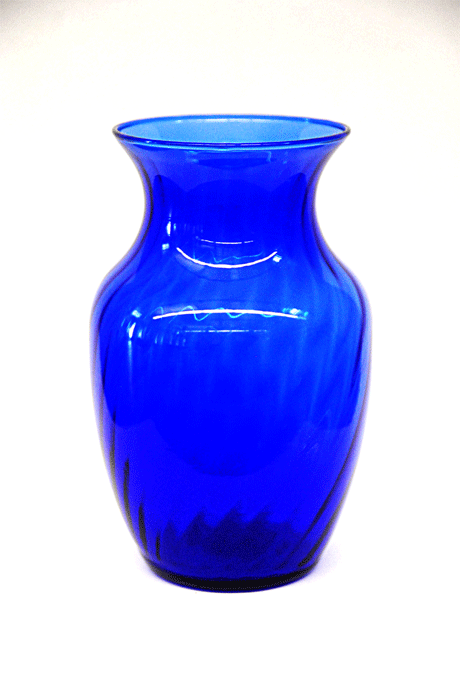Measuring
One of the most important parts of learning to draw well is learning how artists measure. You have probably seen an artist hold his or her pencil at arm’s length to measure the height and width of an object. This is just one of the ways which we measure to achieve the proportion of the objects that we draw.
It is extremely important to learn artistic measuring. While the principles and methods of measuring are simple, they require time—especially at first. Those who try to skip this measuring, or are lazy about the process, undoubtedly end up with inferior drawings. The ability to draw well is not accidental, nor does it come totally from talent. Much of good drawing is the application of sound principles, combined with hard work, patience, and attention to detail.
To begin this week’s lesson, please watch the following video. This video shows the artist’s methods of measuring, including A) the application of vertical and horizontal plumb lines established by holding the pencil in front of the subject, B) using a transfer paper, C) measuring with the pencil to establish size proportions, and D) using negative space to also help establish proportions.
You will not repeat the drawing of the head as shown in the video. This is simply to show you the use of measuring methods.
Drawing a Vase
Video
Watch the video demo on drawing a vase. Afterwards you will draw a vase using the printout provided.
The following tutorial will show you another way to use vertical and horizontal plumb lines to accurately draw a vase from a printout. Follow the link to download the printout.
Note: We have shown you two ways of drawing the blue vase. There are many other ways that you could have chosen to achieve a drawing of the blue vase.
When drawing from life, it may not be necessary to draw so many landmarks as are used in this exercise. This assignment is meant to teach the principles of finding and using landmarks to keep objects in proportion. Using the principles gleaned from this lesson find the method for finding proportion that works best for you. Use as many plumb lines as you need to keep an object in proper proportion.
 |
Note—As you begin to use plumb lines to find key landmarks, a word of caution is to not put down all the landmarks as simply as series of “dots” that you intend to “connect” later. Finding landmarks is a left-brained activity; drawing in proportion is a right-brained activity. With only dots on the page, proportion errors will likely occur as demonstrated at the conclusion of the vase tutorial. Corrections must then be made to compensate for the errors that were otherwise completely invisible until too late. |
 |
Step 17, lightly complete the top ellipse. |